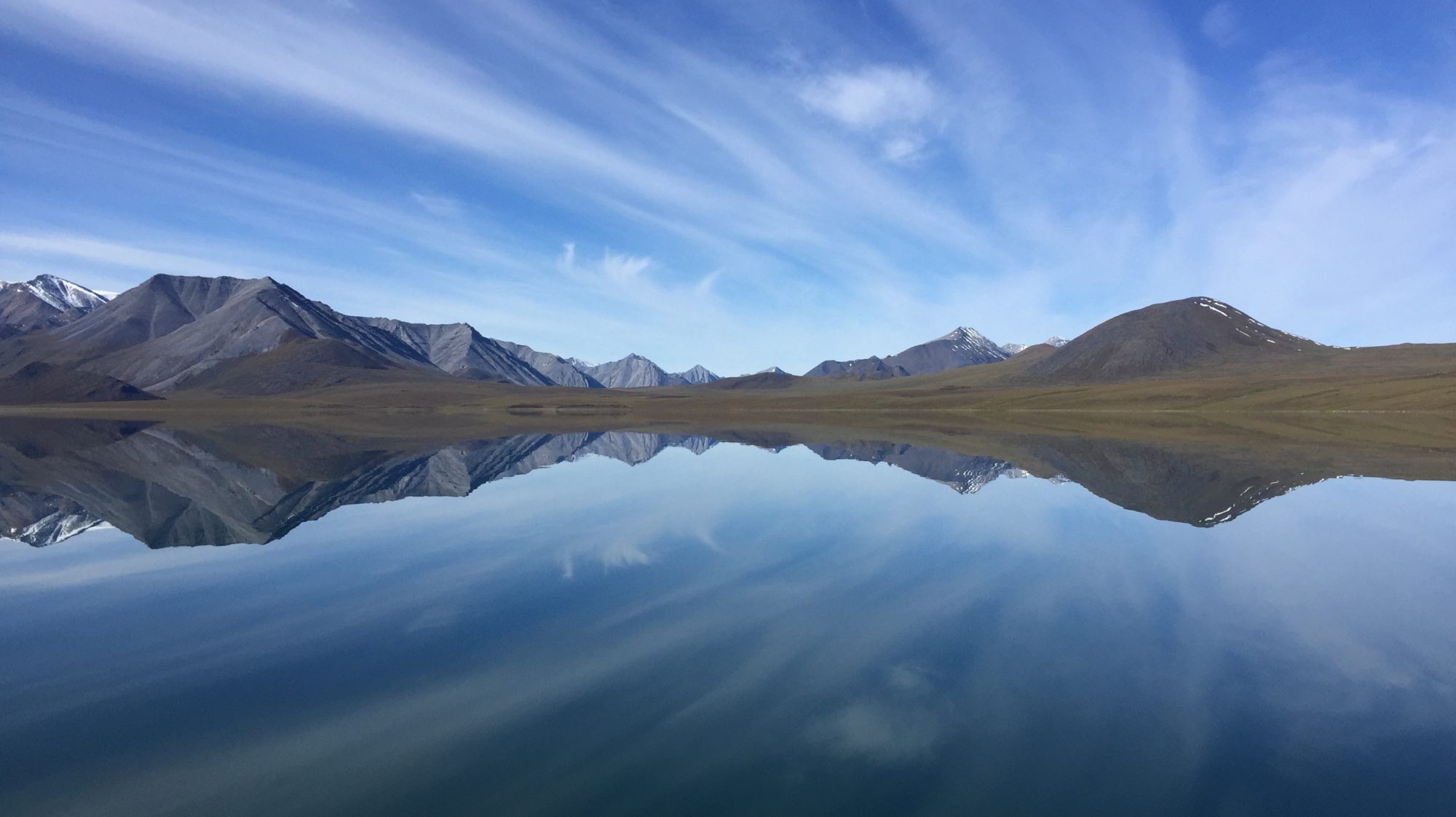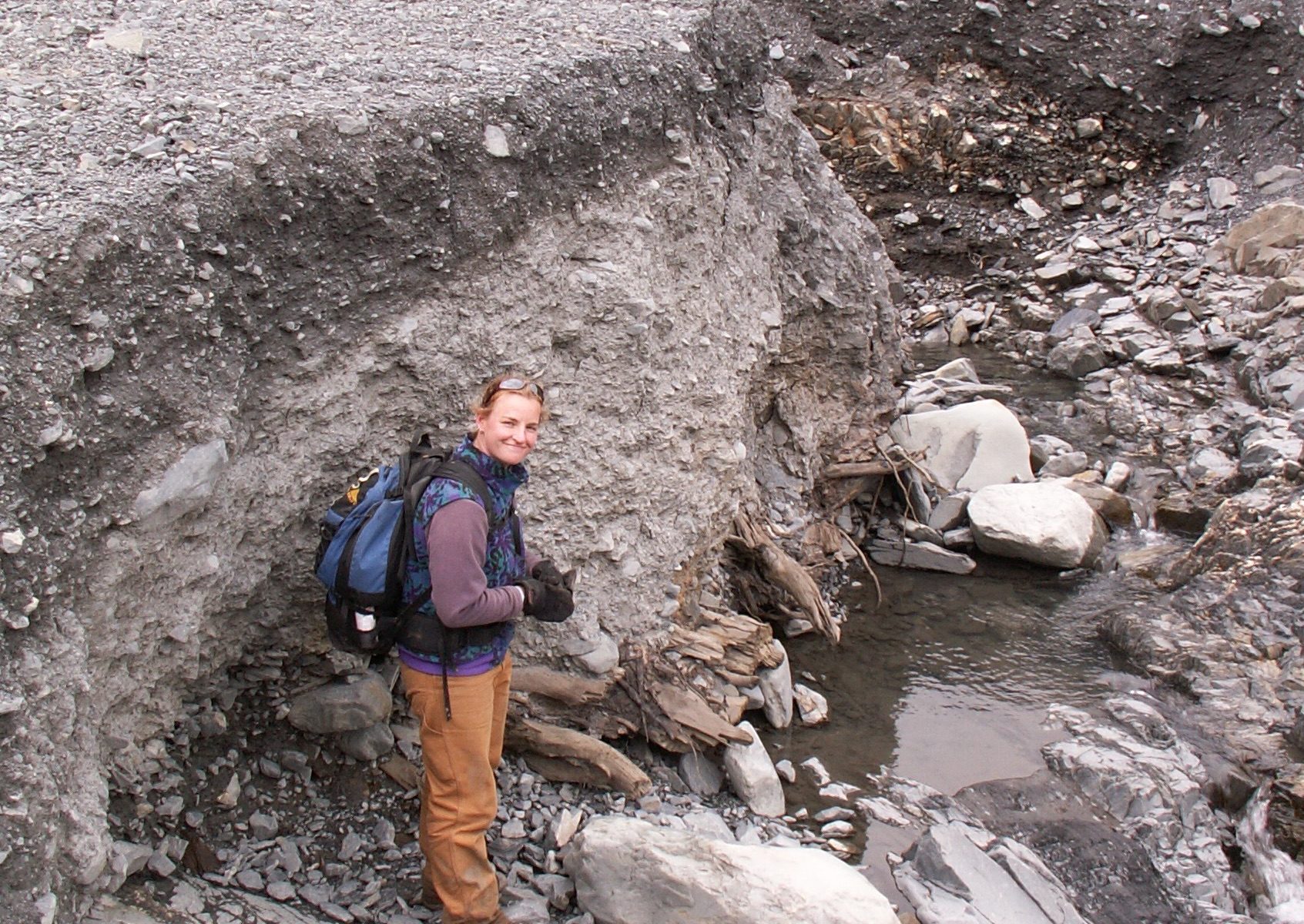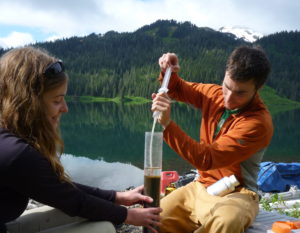
To understand environmental change and its current trajectory requires a long-term perspective of the natural variability in the Earth system. My group studies lake and glacial deposits that provide an archive of long-term climate variability. Our field-oriented projects are mainly in Alaska where past and ongoing climate changes have been pronounced and future changes are anticipated to be greatest. In the lab, we analyze the physical properties of lake sediments to reconstruct past climate change and we use radiocarbon, amino acids, and tephras to place these records on a timeline.
Lake Sediments from Alaska
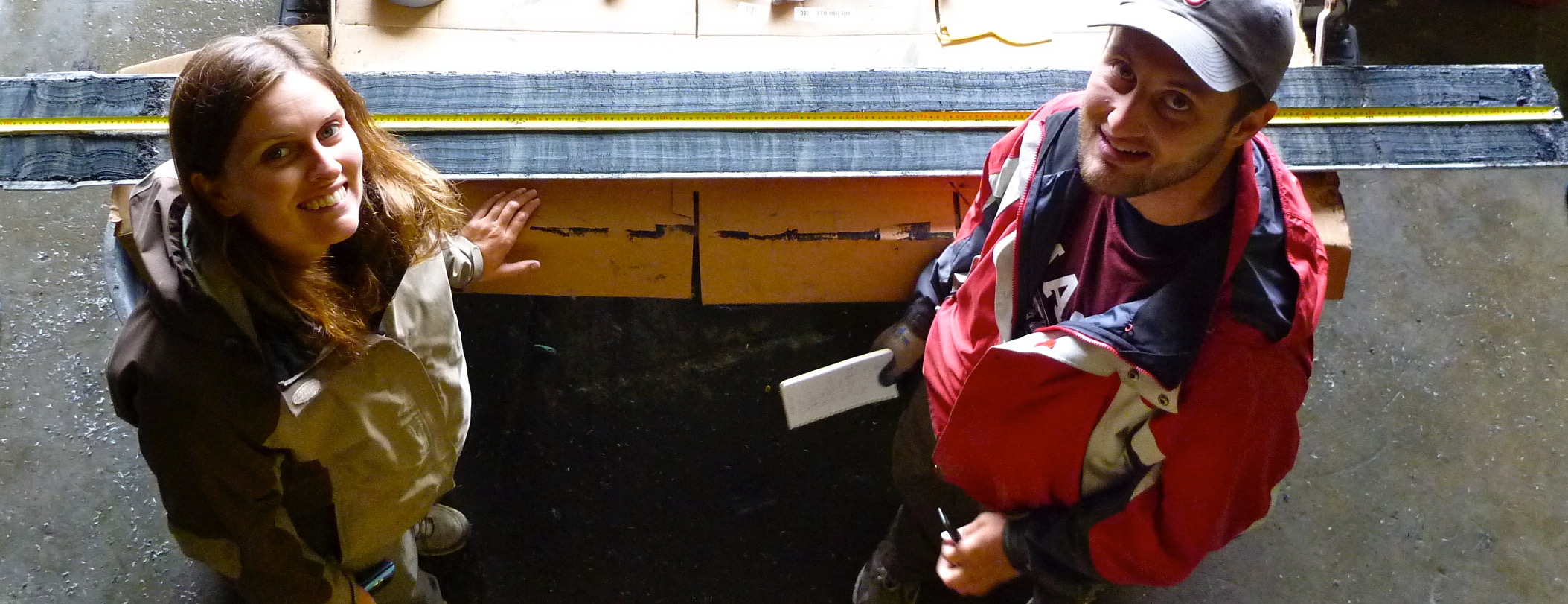
Sediments that accumulate in lakes contain a wealth of information about past and present environmental changes. My group collects sediment cores from lakes and analyzes them for a variety of physical and biological properties. In addition to the analytical equipment in the Sedimentary Records of Environmental Change Lab at NAU, we collaborate with the Continental Scientific Drilling Facility and other laboratories for various analyses.
In southern Alaska we are using annually bedded sediment from glacier-fed lakes and isotopes and productivity indicators from non-glacial lakes to interpret climatic changes, glacier fluctuations and floods. In Arctic Alaska and elsewhere we are monitoring the rivers and lakes, along with the weather, to inform our interpretations of sedimentary sequences stored by the lakes, including those that relate to Arctic sea ice and to summer temperature. We integrate our studies into larger international syntheses of lacustrine-based paleoenvironmental records internationally.Read more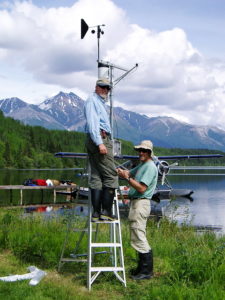
Quaternary Geochronology
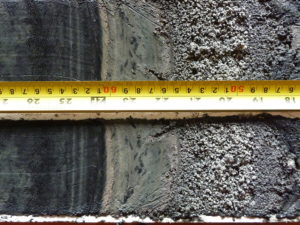
Because knowing the ages of sedimentary sequences and their constituents is essential to understanding the timing, rate, and regional extent of past environmental changes, my group has a strong emphasis in geochronology. Specialties include:
Amino acid geochronology The technique is used to determine the approximate ages of carbonate-based fossils as old as several million years. Recent applications in the Amino Acid Geochronology Laboratory include Arctic Ocean sediment cores, conservation paleobiology, time-averaging of the fossil record, tectonic geomorphology, methodological advancements, among many others. Radiocarbon NAU’ s ACE Lab is the first university lab in the US with a Mini Carbon Dating System (MICADAS), the latest technology for analyzing radiocarbon. Very small samples can be analyzed with the gas-ion source. We use radiocarbon extensively to date our lake sediment cores, sometimes in combination of tephras, and to calibrate the rate of amino acid reactions. Tephrochronology All of the lakes that we study in Alaska contain volcanic ash layers from frequent eruptions of Aleutian Arc volcanoes including as cryptotephra. We collaborate with tephra specialists at University of Alberta and elsewhere to document the regional tephra sequences and their sources and have used tephra to validate the accuracy of radiocarbon-based age models, including their error estimates.Read more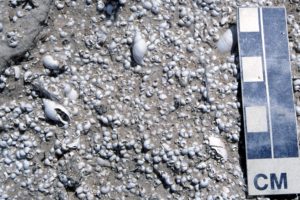
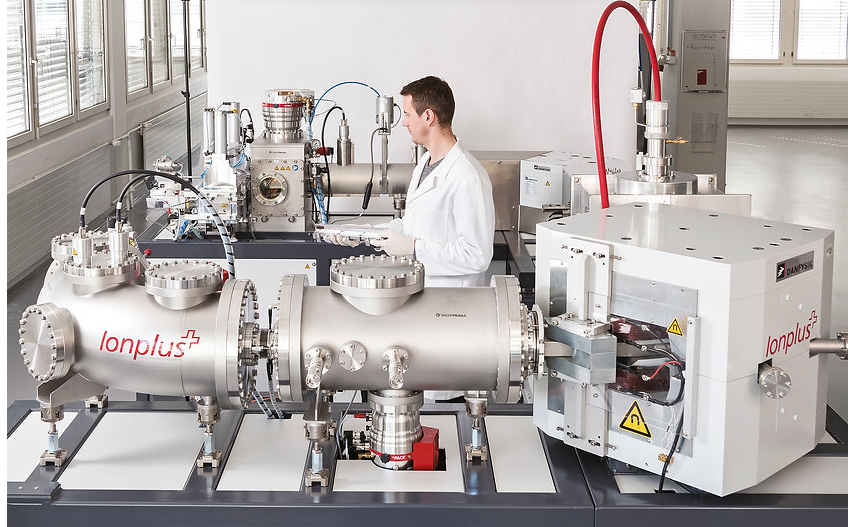
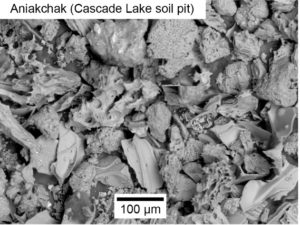
Paleoclimate Data Syntheses
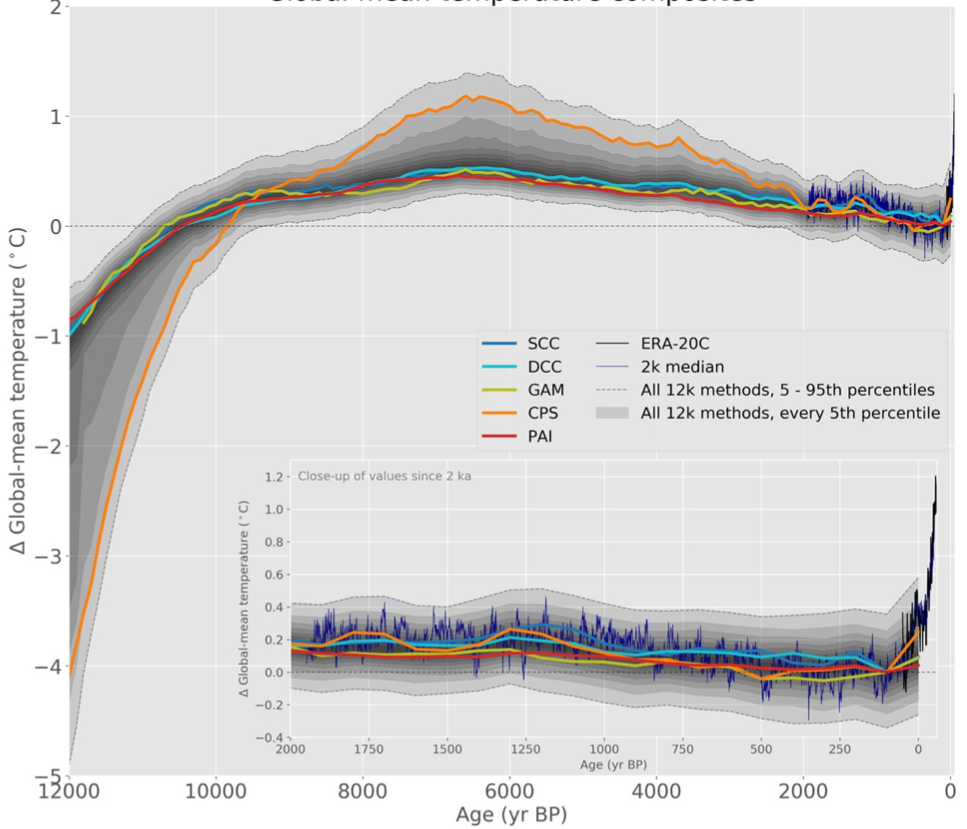
The paleoclimate group at NAU is leading collaborative projects to assemble large, reusable datasets of proxy climate records to study past global climate changes. These data products have been used to place recent changes in a long-term context, reconstruct the latitudinal temperature gradient of the Northern Hemisphere, determine the onset of Neoglacial cooling, evaluate climate model performance, and to quanitfy natural climate variability. Crafting the large datasets for these projects requires a major effort in science coordination and data stewardship.
For the Holocene, the Temp12k dataset was used to reconstruct global temperature, as featured in the IPCC’s Sixth Assessment Report. For the past 2000 years, we collaborated with colleagues internationally through the Past Global Changes (PAGES) program to generate global multi-proxy data sets of paleotemperature, and to reconstruct temperatures for each continent, and the Arctic. Both temperature and hydroclimate data have been compiled for the Arctic and for western North America. These were used to reconstruct climate changes in Alaska and Yukon, Canada and Greenland, and the North Atlantic and Scandinavia during the Holocene, as well as hydroclimate of North America over the past 2000 years. In Utah, we collaborated with the US Geological Survey in a broad-ranging investigation of the paleoenvironments of Bear Lake and its catchment.Read more
